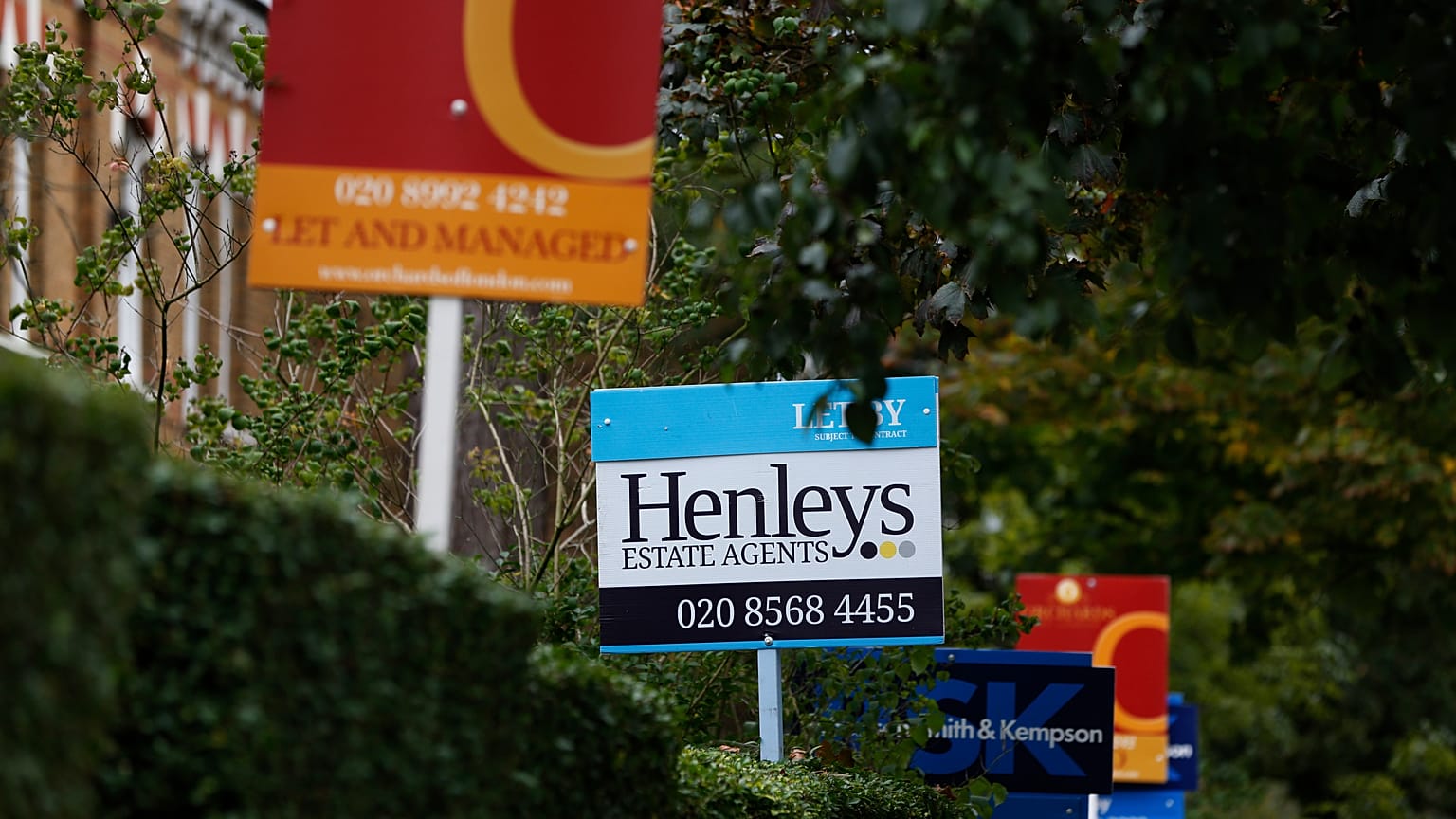Owners of empty properties and second homes in England, Wales, and Scotland could face pay at least twice the standard council tax to encourage owners to bring properties back into use. However, experts remain sceptical.
Europe faces a deepening housing crisis, with severe shortages and escalating rental prices. Vacant properties and second homes present another dimension to this issue. In England, there were 1.5 million unoccupied dwellings in 2021, accounting for 5.4% of all housing units such as houses or flats, according to ONS estimates.
Paying extra council tax (a "premium") for empty houses has already been implemented in a number of local councils for a decade, although the rules vary.
The strengthened empty homes premium came into effect in April. It now applies for properties that have been empty and unfurnished for 12 months, rather than the previous period of two years.
The premium is equal to 100% of the full council tax charge, effectively doubling the standard rate. Depending on how long the property has been empty, this premium can increase to as much as 300% of the regular rate.
Proportion of vacant houses in the UK
Unoccupied dwellings represent a considerable proportion of housing in the UK. These are units of accommodation that have no regular residents. Some may be used by short-term residents or visitors as second homes, while others are truly vacant.
In 2021, unoccupied dwellings accounted for 6.1% of all dwellings in England, 8.2% in Wales, and 4.2% in Scotland. Due to differences in data collection methodologies, these figures might slightly vary from other official sources.
Second home owners to face premium charges from April 2025
Second home owners will also be paying premium council tax. There is a requirement that councils must make a determination at least one year in advance of introducing a second homes premium.The earliest a council can utilise the second homes premium is therefore April 2025.
In England and Scotland, the maximum second homes premium 200% of council tax whereas in Wales this may be up to 300%.
A second home is defined as a dwelling which is not a person's sole or main home and is substantially furnished. They are occupied periodically.
Council tax, which funds local services, varies depending on the type and size of the property. It is largely charged between €1,850 and €5,600 per year. Several councils have already voted to introduce premiums on second homes. That means second home owners will have to pay thousands of pounds more each year.
In 2021, England had 154,970 dwellings and Wales had 17,575 dwellings that were second homes without usual residents. In Scotland, a total of 24,300 dwellings were classified as second homes in 2022.
Bringing empty homes back into use
Integrating empty homes into use is a crucial element of local strategies designed to address housing needs according to the Local Government Association (LGA), national membership body for councils across England. "Empty homes not only represent a squandered resource; they also generate numerous complaints and community frustrations and act as catalysts for crime and degradation," the Association stated.
Experts remain sceptical
However, experts remain sceptical about the long-term efficacy of these strategies, as current data suggests. Despite the introduction of an empty homes premium in 2013, the number of vacant properties continues to rise, not only in England but also in Scotland and Wales, according to the LGA.
Adam Cliff, policy Lead/secretary of the Empty Houses Network, expects that this is likely to see short term successes. "Precedence tells us that the existing premium has not had the desired effect in reducing the number of empty homes," he told Euronews. "A double council tax bill is not likely to financially affect someone who can afford to leave a property empty."
Cliff believes that increased awareness of the change is likely to lead people to report to the local authority that they occupy their properties themselves to avoid premium charges. He anticipates a significant decrease in the number of declared second homes, but at the same time, he expects a surge in the reclassification of second homes to domestic business rates, particularly for holiday lets, where the premium does not apply.
Paula Higgins, CEO of HomeOwners Alliance thinks that the doubling of council tax should help to alleviate the housing crisis in some areas of the UK in the short term - particularly the coastal areas and other touristy towns. "Over the longer term, this change will do little to make a real impact on the housing crisis," she told Euronews.
The reason is simple: "It does not address the issue that buying a home is not affordable for many. This is due to high house prices and that we have not been building enough new homes for 30 years… And there are no rules to ensure that local authorities invest the money raised into housing."
Report: "Council tax premiums not sufficient on their own"
A recent report produced with Action on Empty Homes found that most interviewees agreed council tax premiums could be part of a suite of measures to address low-use properties, but that those would not be sufficient on their own.
"You don't just purchase a £450,000 house that you're not going to live in if you can't afford an extra £1,000 a year. I don't see that as being an actual disincentive to people purchasing them," one interviewee said.
Empty houses are a common issue in Europe
According to OECD data, the problem of vacant dwellings, excluding seasonal and holiday homes, is widespread across Europe. In 2022, the percentage of these vacant dwellings as a share of the total dwelling stock exceeded 10% in both Spain and Portugal.
The ratio was also high in France and Austria, at over 8%, followed by Ireland at 7.7% and Denmark at 5.9%. In England, 5.4% of houses were empty.


















